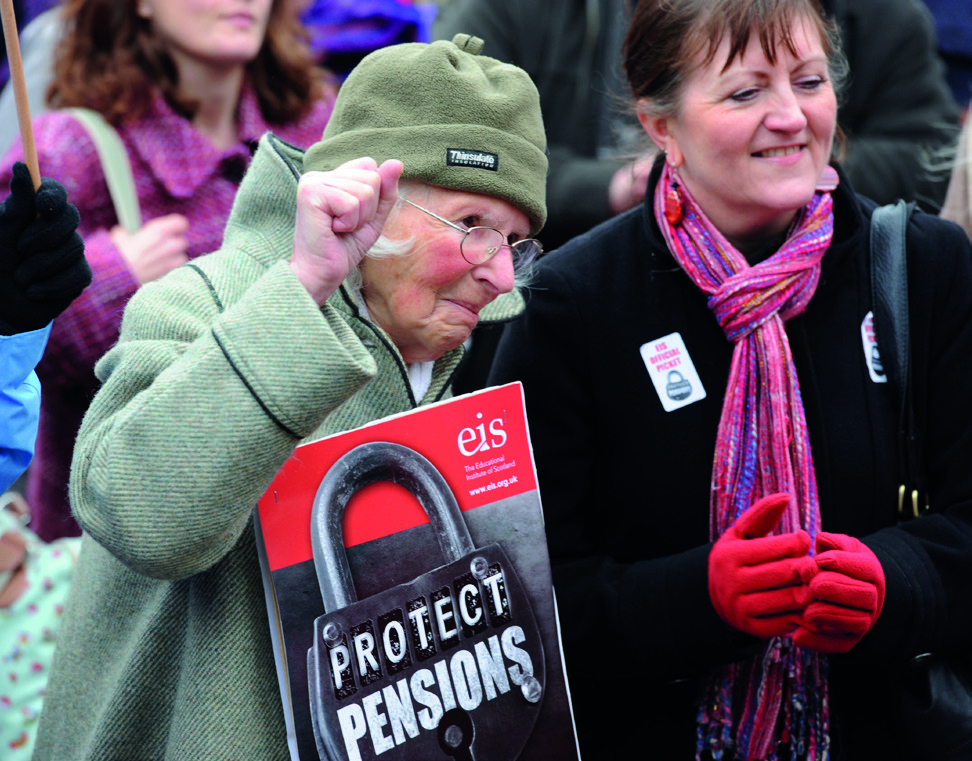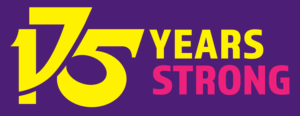On 30 November 2011, schools across Scotland closed as EIS members took strike action alongside public sector workers the length and breadth of the UK.
That action came as part of a coordinated public sector day of action in protest at pension changes that were being imposed by the UK, Conservative-Liberal Democrat, government as part of its ideologically driven ‘austerity’ policy.
The continuing attacks on the pay and conditions of public sector workers by the UK government had contributed to a growing clamor for joint union action against the government’s insistence that workers must ‘work longer, pay more, and get less’ for their pensions. After years of enforced pay restraint, pay freezes and real-terms pay cuts, the attacks on pensions were the final straw for many public sector workers and unions began balloting for strike action. The EIS balloted its members with a recommendation to support strike action, and the result was 82 per cent support for strike action on a turnout of 54 per cent. Although this was prior to the introduction of the 2016 anti-trade union law by the Conservative government, the EIS ballot result would have smashed through the highly restrictive double strike thresholds that are now applied to public sector unions.
So it was that on that day, EIS members from across Scotland took strike action alongside colleagues from across the public sector. Support from Scotland’s teachers was amongst the highest anywhere in the UK, with the vast majority of the country’s schools closed as a consequence of the day’s action.
Whilst the broader joint union campaign to force the government to reverse its decision on pensions was ultimately unsuccessful, pensions remains a live issue and the massive support from EIS members sent a very strong message to government and employers, helping to lay the groundwork for future battles, such as the Value Education, Value Teachers campaign that eventually delivered a 13.5 per cent pay increase for the country’s teaching professionals.

ACKNOWLEDGEMENTS:
Research, interviews and substantive writing:
Adi Bloom
Design and lay-out:
Stuart Cunningham and Paul Benzie
Additional writing and research:
EIS Comms Team and assorted staff members
Printed by:
Ivanhoe Caledonian, Seafield Edinburgh
Photography:
Graham Edwards, Mark Jackson, Elaine Livingston, Toby Long, Ian Marshall, Alan McCredie, Alan Richardson, Graham Riddell, Lenny Smith, Johnstone Syer, Alan Wylie


Thanks to the many former activists and officers who gave of their time to be interviewed and taken a stroll down memory lane. And of course a very special thanks to the EIS members who created this history through their activism and commitment to the cause of Scottish Education.
© 2022 The Educational Institute of Scotland